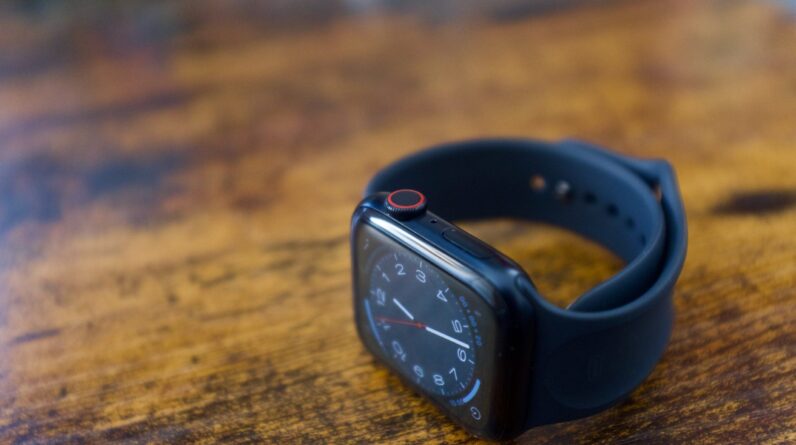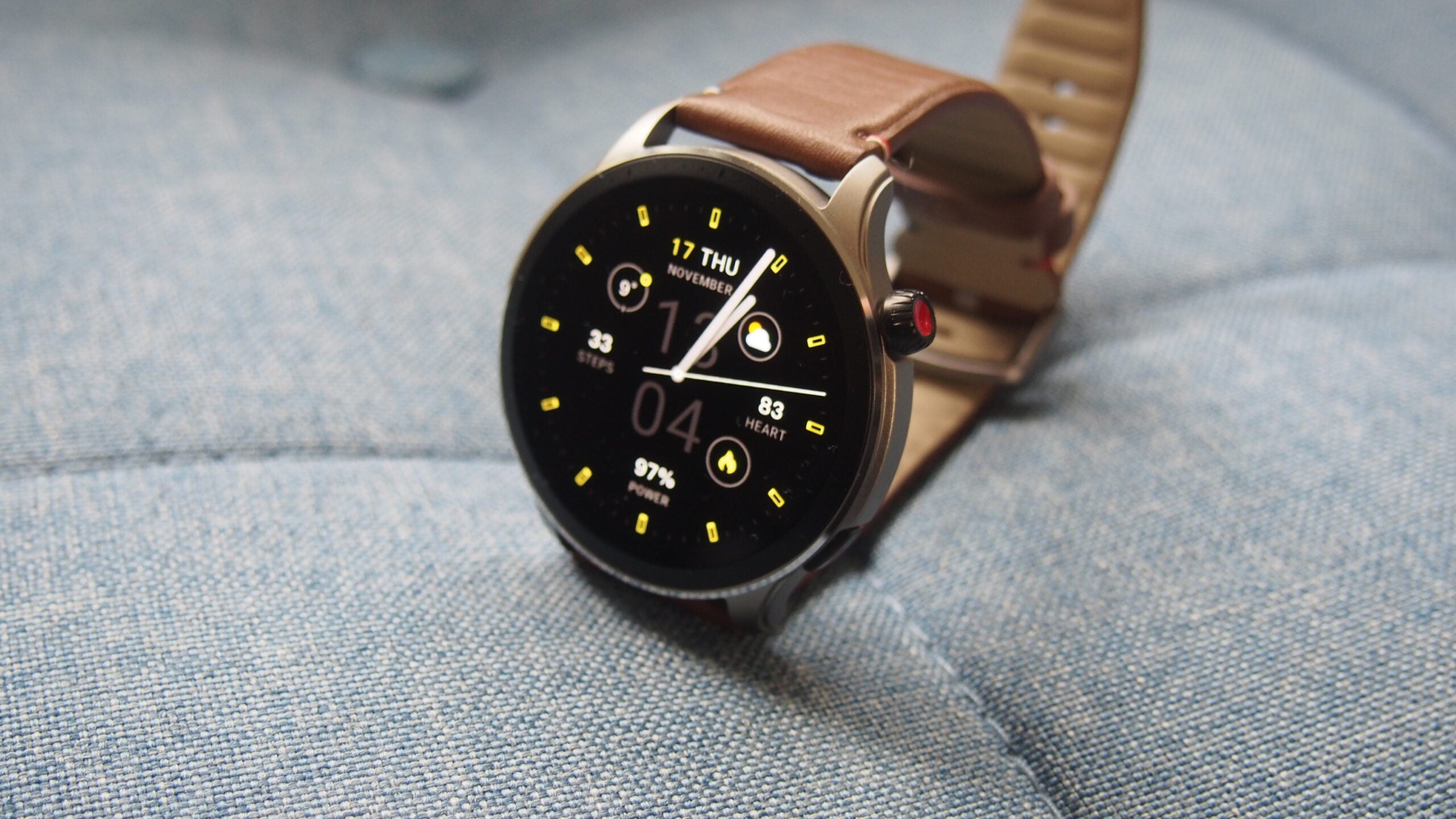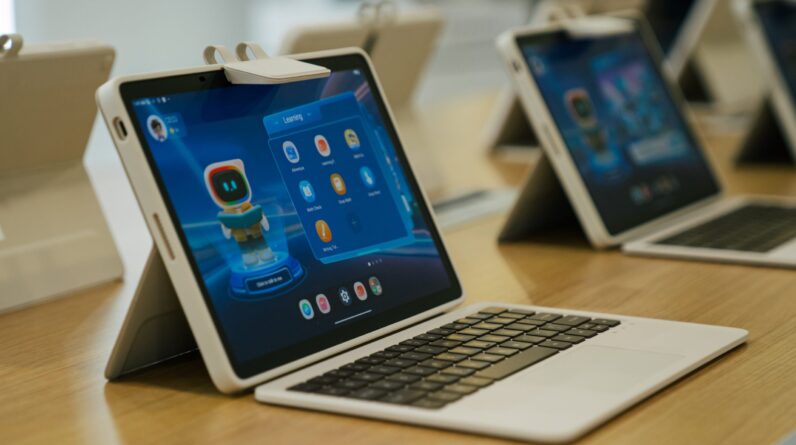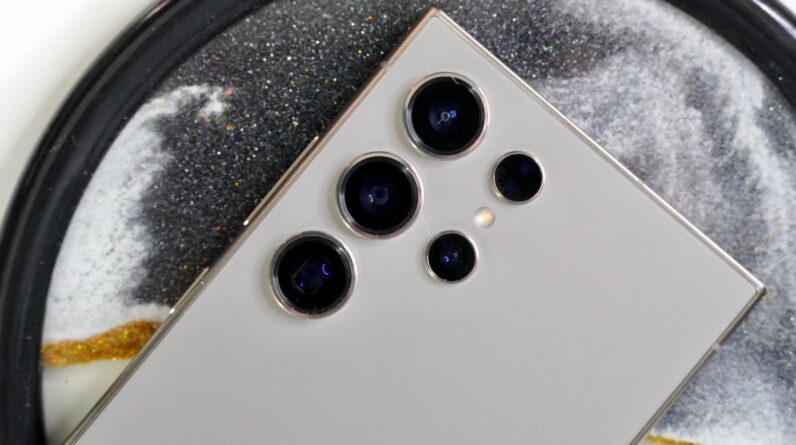
Need an affordable wearable to keep track of notifications or your fitness? Look no further than these top budget performers.
Our top picks
Much in the same vein as the smartphone market, smartwatches have now entered an era of abundance for consumers. While this might be a tad tricky if you’re looking to buy your first ever smartwatch with no prior context, it does mean that you can get far more bang for your buck than previously possible.
While there are plenty of mid-range and high-end devices that comprise our list of the best smartwatches overall, there are tons of great alternatives that fall far south of the £250/$250 mark, and because we’ve spent so much time testing wearables, we know exactly which budget buys are actually worth picking up.
Keep on scrolling to see which cheap smartwatches made the cut, or head on over to our round-ups for the best Garmin watches, best running watches, best Wear OS watches and the best fitness trackers to see what else is out there.
How we test
Every smartwatch we test is used by the reviewer for at least a week, or longer if the battery life lasts beyond that point or we need more time to trial its features.
During testing, we will check it for key metrics, including app support, usability and battery life. If the device offers fitness, location or health tracking features we will also test these for accuracy and reliability.
For distance tracking, we record how accurately the device recorded runs on tracks we know the length of. We also record how much battery is lost per hour using features like built-in or connected GPS. To check heart rate accuracy, we compare the results recorded on the wearable to a dedicated HRM strap.
After recording the data we then pair it with our general experience using the wearable day-to-day, letting you know if it’s comfortable to wear or if we encountered unexpected bugs during use over the review period.
Fitbit Charge 6
I know that some of you may decry the Fitbit Charge 6 as being more of a fitness tracker than a smartwatch, and while there’s some weight to that argument, there’s no denying that the Charge 6 does so much right that it’s simply an easy wearable to recommend to most people.
While Fitbit has some stiff competition from the likes of Apple and Samsung at the upper end of the smartwatch market, the same can’t be said about the budget market, where it sometimes feels like Fitbit stands in a class of its own.
As such, the Charge 6 is the go-to option in the budget market for those who want accurate daily tracking, rock-solid sleep monitoring and advanced health features without paying hundreds. It sports an updated design with the return of the handy side button compared to the Charge 5, with a plethora of new Google services like Wallet, Maps and YouTube Music now also available on the wearable.
Fitbit has also worked hard to improve the reliability of its tracker with a new AI-based heart rate algorithm that should improve the accuracy of HR readings. However, our reviewer found that the GPS performance is still pretty poor. Hey, the budget nature had to shine through somehow.
It also retains key bits of smartwatch functionality such as incoming notifications, alarms, timers and ‘find my phone’, but the real meat here is in Fitbit’s operating system and accompanying app. There’s no shortage here of workouts to track, and Fitbit’s week-on-week style metrics are a lot easier for beginners to get into than the standard ‘reach this goal today’ method. The catch is that some features and metrics lay behind a Fitbit Premium paywall.
Reviewer: Conor Allison
Full review: Fitbit Charge 6 Review
Oppo Band 2
In 2024, there’s no shortage of smartwatches that fall below the £100 mark but for our money, the Oppo Band 2 is a great go-to in this category. The device might appear unassuming but for its £59.99 price tag, it still manages to pack in tons of helpful features.
One of the best things the Oppo Band 2 has going for it is its battery life, which Oppo claims is up to 14-days on a single charge (although we found this to be closer to 12-days after testing). Still, that’s more than enough battery to get you through the week and it easily puts some pricier smartwatches to shame.
To our surprise, the Band 2 also features one of the best watch face libraries out there, being close in quality to what you’ll find from the likes of Apple and Samsung. You can even use AI to make a new watch face that’ll blend with the colours of your outfit on any given day. It’s all quite impressive and just not what one would expect for the price.
The workout tracking also does a good job, and you can view your metrics clearly on the device’s bright 1.57-inch display. There’s unfortunately no GPS to speak of here and the sleep tracking is a bit of a mess, so if those are key concerns for you then you might want to check out the Fitbit Charge 5 instead.
Reviewer: Thomas Deehan
Full review: Oppo Band 2 Review
Apple Watch SE 2
While it may be starting to show its age against the all-new Apple Watch Series 10, the more wallet friendly Apple Watch SE 2 is still a great buy for iPhone users who don’t want to spend a ton of money. After all, Apple’s handsets aren’t exactly budget devices, so any chance to save within the company’s ecosystem is worth shouting about.
Despite its £219/$249 RRP, the Watch SE 2 still boasts the same chipset found within the not-so-old Apple Watch Series 8, alongside crucial safety features from that device including Crash Detection.
What makes the Watch SE 2 so impressive is that, with the exception of an always-on display and a handful of fitness features like temperature sensing and blood oxygen tracking, the core Apple Watch experience is still intact.
You can summon Siri from the Watch, read your messages, get directions via Google/Apple Maps and even download playlists from the likes of Spotify and Apple Music to listen to offline.
The Watch has even been updated to feature the latest watchOS 11 apps including Vitals, which lets you know if any of your key metrics such as your heart rate, respiratory rate and sleep duration have strayed from your typical baseline. This, compared with the already excellent fitness tracking software constructed by Apple, makes the Watch SE 2 a delight to use.
Reviewer: Max Parker
Full review: Apple Watch SE 2 Review
Huawei Watch GT 4 46mm
Again, much like the Apple Watch SE 2, the Huawei Watch GT 4 definitely pushes the boundaries of what constitutes a ‘budget’ smartwatch but at £229.99, it’s still cheaper than most of the mainline wearables. The reason why it’s included here is that if you want a cheaper watch that looks anything but, then the GT 4 is an easy one to recommend.
With the GT 4, Huawei has leaned heavily into a new fashion-first approach to ensure that the device can be worn as an eye-catching timepiece when out and about, and not just when you’re at the gym
There are two size options available (41mm and 46mm) and seven colourways thereafter, each of which not only looks unique but is varied enough from the others that there’s sure to be a particular style that suits you best.
All of that style doesn’t get in the way of substance either as the GT 4 packs some impressive fitness tracking tech, including the new Stay Fit app which allows you to keep better tabs on your caloric intake. Unfortunately, because this is a Huawei watch, the GT 4 doesn’t have the same app functionality as the Apple Watch or even a Wear OS watch, but if you’re simply interested in something affordable that looks great and works well at the gym then this is your best bet.
Reviewer: Michael Sawh
Full review: Huawei Watch GT 4 Review
Xiaomi Smart Band 8 Pro
It’s incredibly rare to see a wearable under £100 that allows for GPS tracking independently of a connected smartphone, and yet that’s exactly what’s being offered on the Xiaomi Smart Band 8 Pro.
In spite of its budget-friendly nature, the GPS tracking on the Band 8 Pro is surprisingly solid, and our reviewer found that it was able to keep up with the far pricier Garmin Epix Pro (Gen 2), so if you want to keep better tabs on your running routes then this is a great option that’s easy on the wallet.
Xiaomi has also updated the UI here with several handy widgets that give you quick access to music playback, settings and more. Beyond the GPS tracking, it’s a fairly bare bones experience where smart features are concerned, so if you want a more fully-featured smartwatch on the cheap then you’ll be better suited with either the Samsung Galaxy Watch 4 or the Apple Watch SE 2.
Reviewer: Conor Allison
Full review: Xiaomi Smart Band 8 Pro Review
Samsung Galaxy Watch 4
Even though the Samsung Galaxy Watch 4 has now had several successors come to market, Samsung has smartly decided to keep the watch around by reducing its price over time, making it a budget-alternative to folks interested in a Wear OS device.
With a new starting price of £199/$199, it’s now quite common to see the Galaxy Watch 4 fall to a rate much lower than that. This is quite impressive when you consider that the watch is still receiving the latest Wear OS updates from Google, so you won’t be missing out on the software front.
With access to tons of third-party apps like WhatsApp, Calm and Spotify, the Galaxy Watch 4 gives you plenty of functionality directly on your wrist so if you want to spend less time scrolling on your phone and only interact with apps when it’s important, this wearable can provide just that. It’s also a great fitness tracker in its own right with lots of workouts to be tracked, not to mention Samsung’s detailed BioActive sensor for determining key health metrics.
Reviewer: Thomas Deehan
Full review: Samsung Galaxy Watch 4 Review
Huawei Watch Fit 3
Even though big name brands like Garmin and Apple dominate the world of running with higher priced devices, Huawei proves that you don’t have to spend a fortune in order to get a great digital companion for whenever you’re out on the track.
As its name implies, the Huawei Watch Fit 3 is all about fitness tracking which makes it a bargain wearable for any entry-level runners looking to make improvements to their performance and overall bill of health.
For starters, the accompanying Huawei Health app can sync your workout results with the running app Strava, so you can get a better idea of how you’re performing against runners in your area, which can help towards motivating you to a new personal best.
When you’re out on the track or down your local park, the Watch Fit 3 can connect to GPS without the need for a smartphone, although users in the west are limited when it comes to music playback (due to the absence of mainstay apps like Spotify or Deezer), so on that front it’s probably still worth bringing your phone with you to stay entertained.
In spite of its more affordable price point, the Watch Fit 3’s heart rate sensor proved to be quite accurate in our testing, staying largely in line with the Garmin HRM-Pro, so you’ll get a good idea of how your body is responding to each particular workout.
That data is also funnelled into a Running Ability Index as well as a VO2 Max rating so you can see your progress in real time. We did notice that race estimates informed by the VO2 Max rating weren’t quite as accurate as they should be, which is sure to put off the more athletic crowd, but for entry-level runners the Huawei Watch Fit 3 packs tons of great features for a low cost.
Reviewer: Conor Allison
Full review: Huawei Watch Fit 3 Review
We also considered…
FAQs
Smartwatches utilising Wear OS 3 or higher no longer work with iPhone handsets.
Apple Watches are locked down to work exclusively within Apple’s ecosystem, so they will not pair with any Android phones.







